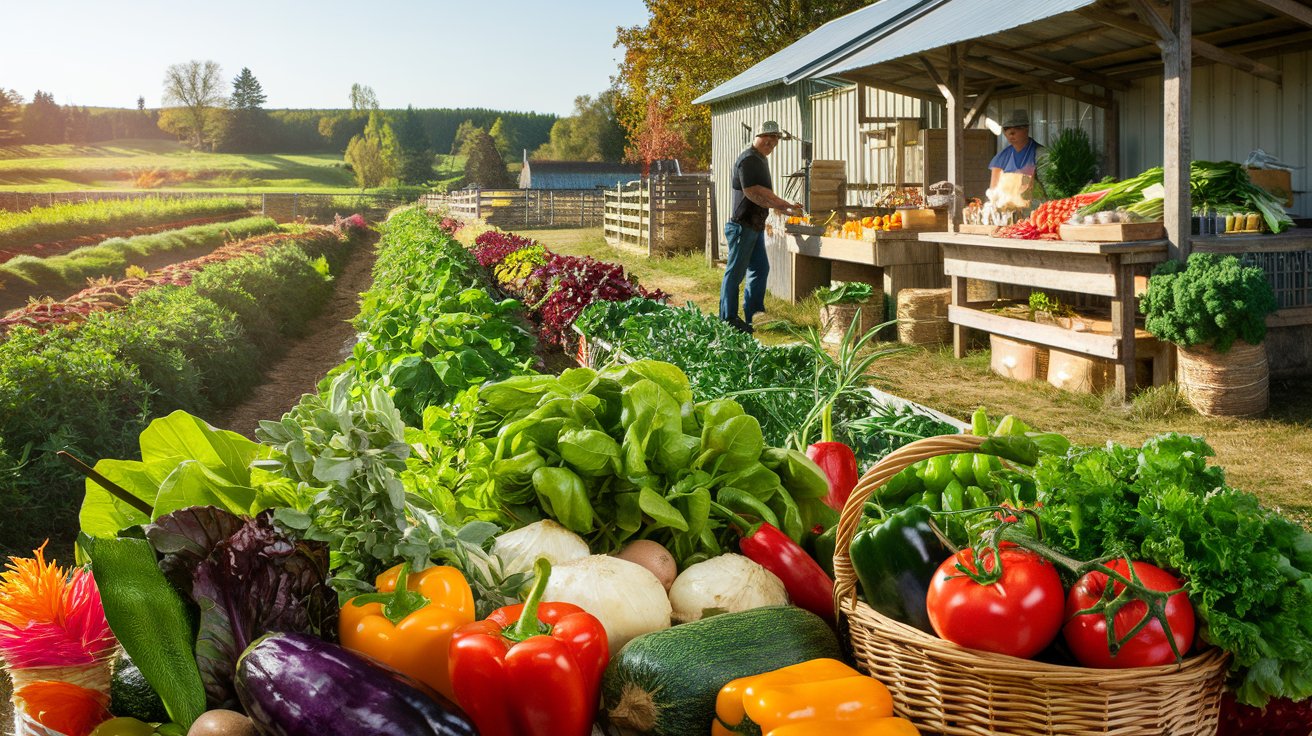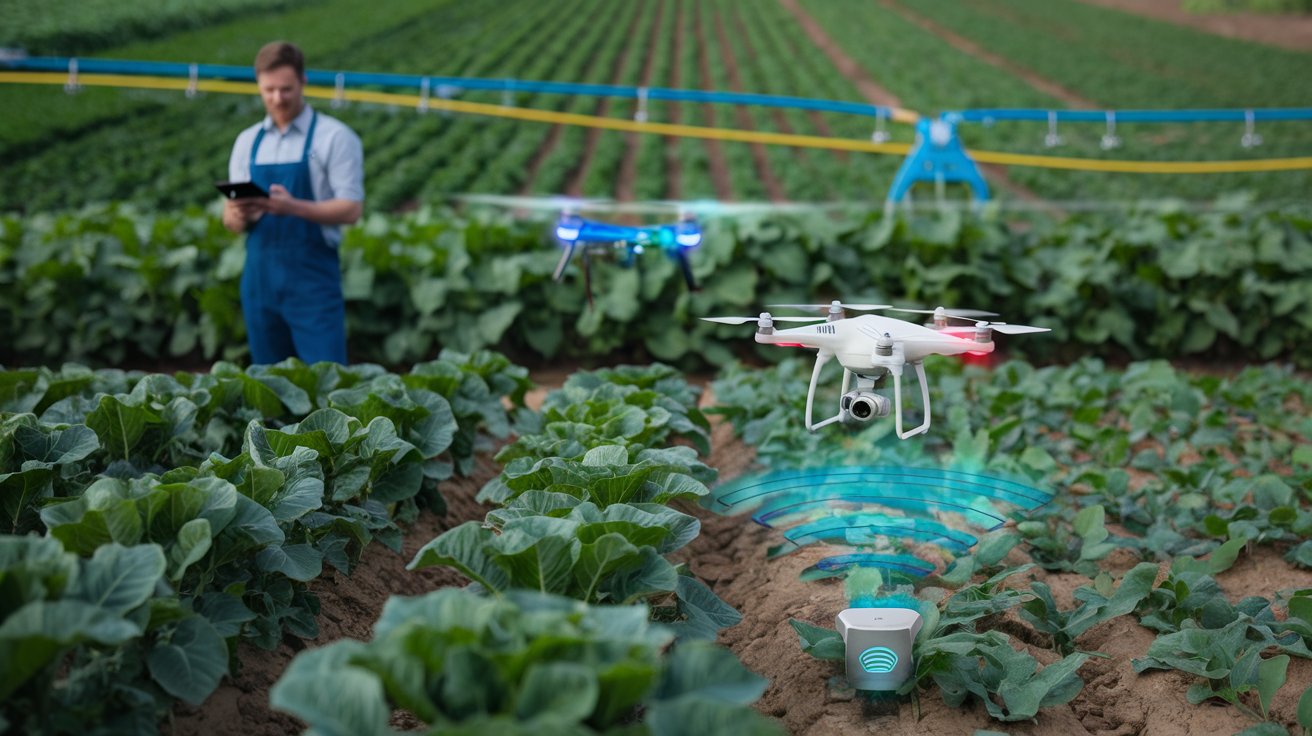As the demand for organic produce continues to surge among health-conscious consumers, launching an organic agriculture hub presents a promising business opportunity. This article provides a detailed guide on how to establish an organic farming venture focused on producing chemical-free fruits and vegetables. We’ll explore practical suggestions and key focus areas to ensure your success in the organic farming market.
Understanding Organic Farming
Organic farming is an agricultural practice that emphasizes the use of natural processes and inputs to cultivate crops. This method avoids synthetic fertilizers, pesticides, and genetically modified organisms (GMOs), focusing instead on soil health, biodiversity, and sustainable practices. Consumers increasingly prefer organic products due to their perceived health benefits and environmental sustainability.
Steps to Establish Your Organic Agriculture Hub
- Conduct Market Research
- Identify Target Audience: Understand the preferences and buying behaviors of health-conscious consumers in your area. Conduct surveys, engage in community discussions, and analyze competitors to identify gaps in the market.
- Analyze Demand: Evaluate the demand for specific organic fruits and vegetables, considering seasonal availability and trends. This research will inform your crop selection and marketing strategies.
- Develop a Business Plan
- Outline Your Vision: Create a clear vision for your organic agriculture hub, detailing your mission, goals, and values. This will guide your operations and marketing efforts.
- Create Financial Projections: Estimate startup costs, operating expenses, and potential revenue. Include costs for land, seeds, equipment, labor, and marketing. Consider available funding options such as loans, grants, or crowdfunding.
- Choose a Suitable Location
- Land Selection: Identify land that has been free from synthetic chemicals for at least three years, as required for organic certification. Ensure the soil is fertile and well-drained, with access to water sources for irrigation.
- Accessibility: Select a location that is easily accessible for transportation and distribution to farmers’ markets or direct-to-consumer delivery.
- Obtain Necessary Certifications
- Organic Certification: Research the certification process in your country or region. This typically involves adhering to specific organic farming standards, documenting practices, and passing inspections. Certification enhances your credibility and allows you to market your produce as organic.
- Local Permits: Ensure you obtain any local agricultural permits or licenses required to operate your organic farm.
- Select Your Crops
- Focus on Demand: Choose fruits and vegetables that are in high demand among your target audience. Consider growing a mix of popular staples (like tomatoes and cucumbers) and specialty crops (like heirloom varieties or unusual vegetables) to attract a diverse customer base.
- Seasonality: Plan your planting schedule based on seasonal patterns to maximize yields and ensure a steady supply of fresh produce throughout the year.
- Implement Sustainable Farming Practices
- Soil Health: Invest in soil health by using organic fertilizers (like compost or manure) and practicing crop rotation to prevent soil depletion.
- Pest Management: Use integrated pest management (IPM) techniques, such as introducing beneficial insects, planting pest-repellent crops, and using organic pesticides when necessary.
- Water Conservation: Implement efficient irrigation systems like drip irrigation to conserve water while ensuring your crops receive adequate moisture.
- Establish Distribution Channels
- Farmers’ Markets: Participate in local farmers’ markets to directly connect with consumers. Set up an appealing booth, provide samples, and engage with customers to build relationships.
- Direct-to-Consumer Sales: Consider offering subscription boxes or home delivery services for your organic produce. This model provides convenience for consumers and fosters loyalty to your brand.
- Partnerships with Local Businesses: Collaborate with local restaurants, grocery stores, or health food stores to sell your organic products, expanding your reach within the community.
- Create a Strong Brand and Marketing Strategy
- Brand Identity: Develop a compelling brand that reflects your values and mission. Choose a memorable name, logo, and packaging that resonate with your target audience.
- Online Presence: Build a professional website and engage with consumers through social media platforms. Share valuable content related to organic farming, recipes, and health benefits of organic produce to educate and attract potential customers.
- Community Engagement: Participate in local events, workshops, or cooking classes to promote your organic produce and connect with your community.
- Monitor and Evaluate Operations
- Record-Keeping: Maintain detailed records of your farming practices, sales, and expenses to evaluate your performance and improve operations over time.
- Feedback Mechanisms: Gather feedback from customers to understand their preferences and improve your products and services continuously.
- Stay Informed and Adapt
- Industry Trends: Stay updated on organic farming practices, consumer trends, and market dynamics. Attend workshops, conferences, and networking events to connect with other organic farmers and industry experts.
- Continuous Improvement: Be open to adapting your practices based on feedback, new research, and market changes to ensure your organic agriculture hub remains relevant and successful.
Conclusion
Establishing an organic agriculture hub focused on producing chemical-free fruits and vegetables offers an exciting opportunity to meet the growing demand for healthy, locally sourced food. By following these practical suggestions and focusing on key areas like market research, sustainable practices, and effective distribution channels, you can create a thriving organic farming venture. With dedication, innovation, and a commitment to quality, your organic agriculture hub can contribute positively to both the environment and the health of your community.




